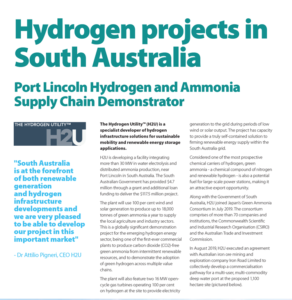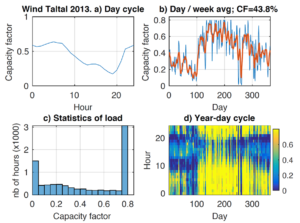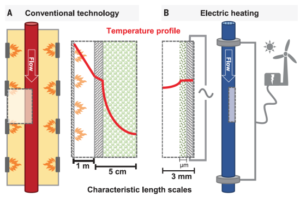Ammonia Featured in South Australia's Hydrogen Action Plan
The Australian state of South Australia took another step into the hydrogen future this week when it unveiled its Hydrogen Action Plan at the International Conference on Hydrogen Safety in Adelaide. The heart of the Action Plan consists of the practical measures that governments undertake in areas such as infrastructure, workforce, and regulatory framework development. Zoom out, though, and it is clear that fostering a major export position in green hydrogen is first among equals in the Action Plan's priorities. And this being the case, it is no surprise that ammonia is singled out for special attention.









